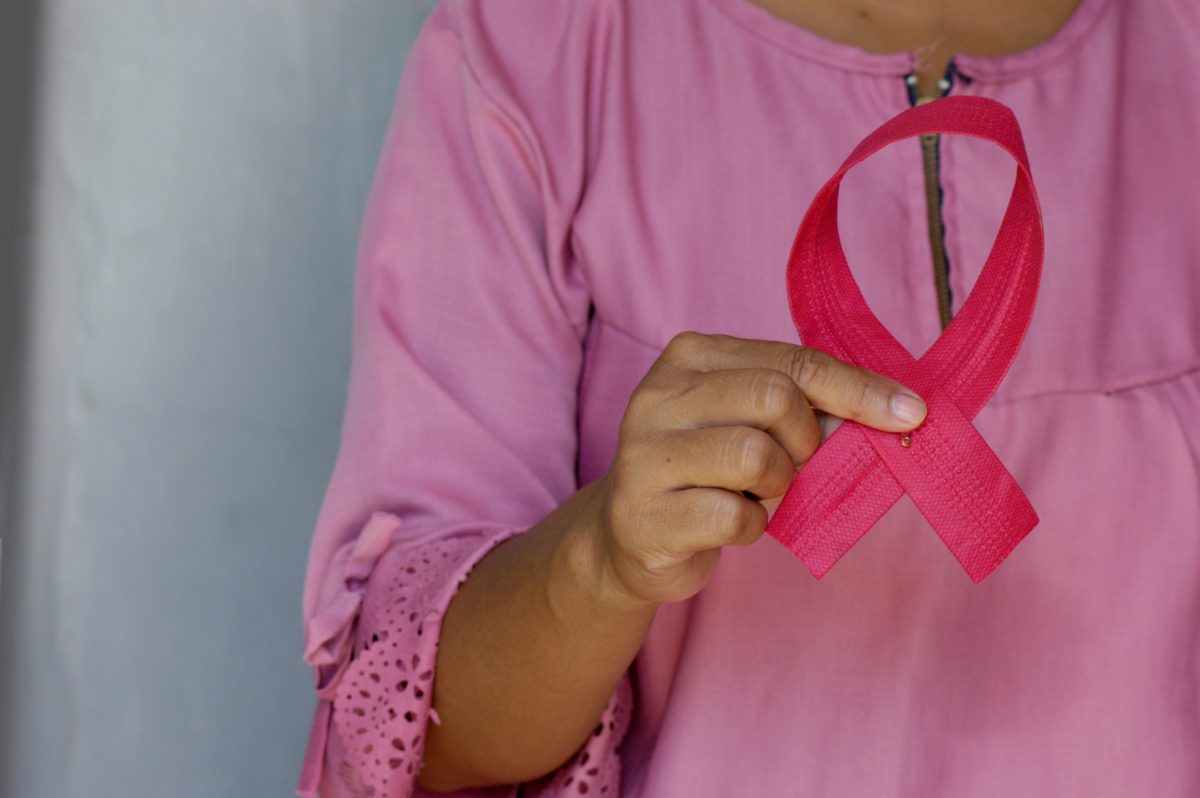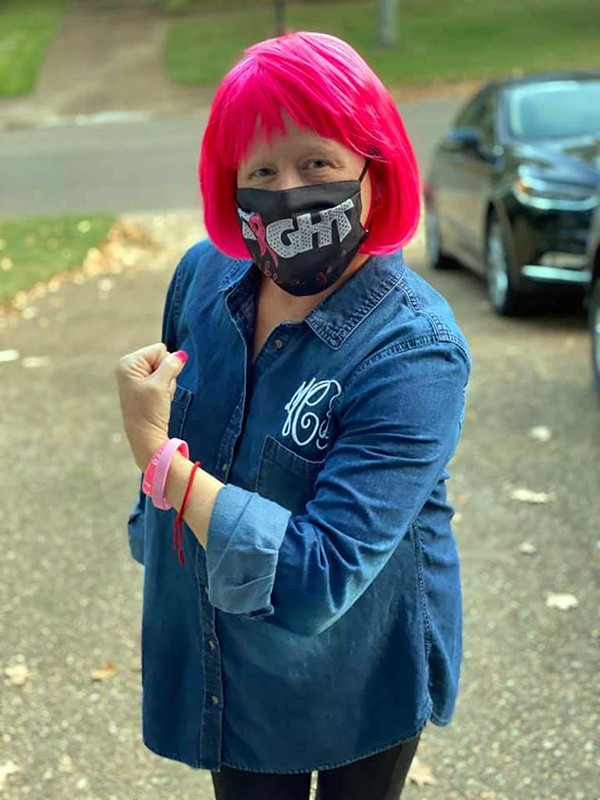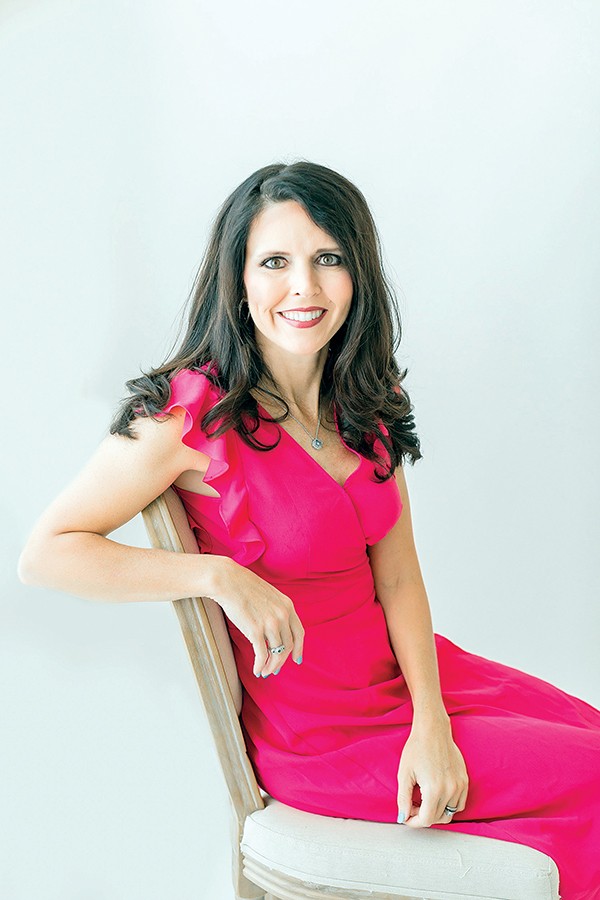Baptist Women’s Health Center has become the first facility in the Mid-South to provide a service that can detect breast cancer at earlier stages: contrast-enhanced mammograms.
Health officials said contrast-enhanced mammography provides clearer and more detailed images than a standard mammogram, particularly for women with dense breast tissue. They added that contrast-enhanced mammography can not only detect cancers more efficiently, but it also generates fewer false positives and makes breast tumors easier to see.
In a statement released announcing this addition, Baptist officials cited the American Cancer Society which stated that breast cancer is the second-most common cancer in women in the United States following lung cancer. The organization said there are approximately 300,000 new diagnoses each year, with 13 percent of women developing breast cancer.
The Shelby County Breast Cancer Snapshot shows that per 100,000 women 132 were found to have breast cancer, with 26 dying.
While people continue to be diagnosed with breast cancer, the American Cancer Society noted that the death rate has declined 43 percent since 1989 “as a result of early detection and advancements in treatment options.”
Certain factors can increase a patient’s risk of developing breast cancer. Doctor Lynn Gayden, medical director of Baptist Women’s Health Center, said half of all women have dense breasts, and it is a risk factor for breast cancer. According to Baptist, women with dense breast tissues have a “four to six times higher risk of developing breast cancer than women with no dense tissue.”
“Contrast-enhanced mammography helps level the field for detecting breast cancer early in all women,” Gayden said. “This new technology may decrease the number of breast biopsies and follow-up testing required, as well as provide more comfort and reassurance for women with dense breast tissue.”
Officials said that mammograms have been vital in decreasing mortality rates and reducing the number of “later-stage cancers.”
While patients cannot ask for this type of mammogram specifically, physicians can refer those who are at an increased risk due to their medical and family history.
“Baptist recommends most women receive an annual mammogram starting at age 40,” officials added. “Baptist’s mobile mammography unit offers grant-funded mammograms to women who might not otherwise be able to afford screening or diagnostic mammograms.”
The nationally accredited center recently expanded its Humphreys location, and will be able to serve an additional 8,000 patients as a result of the expansion and additional services.

 Facebook/MaryBeth Werner Connor
Facebook/MaryBeth Werner Connor  Jaime Rogl Photography
Jaime Rogl Photography